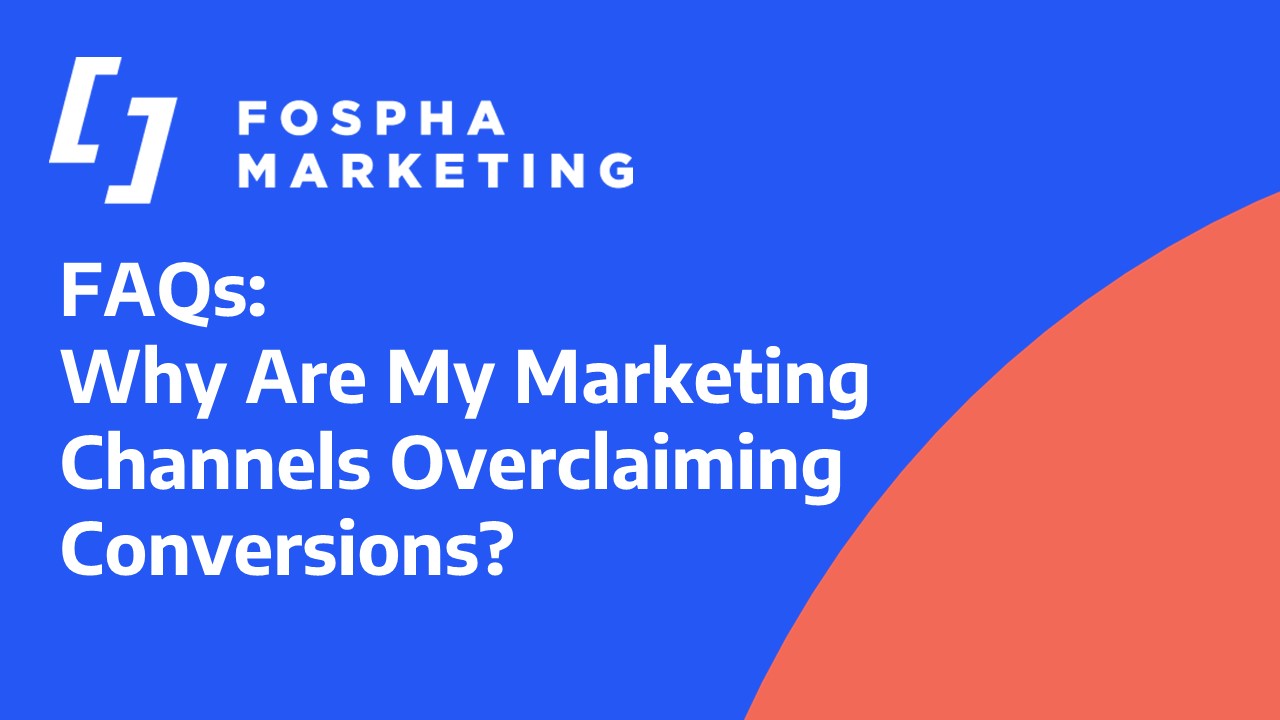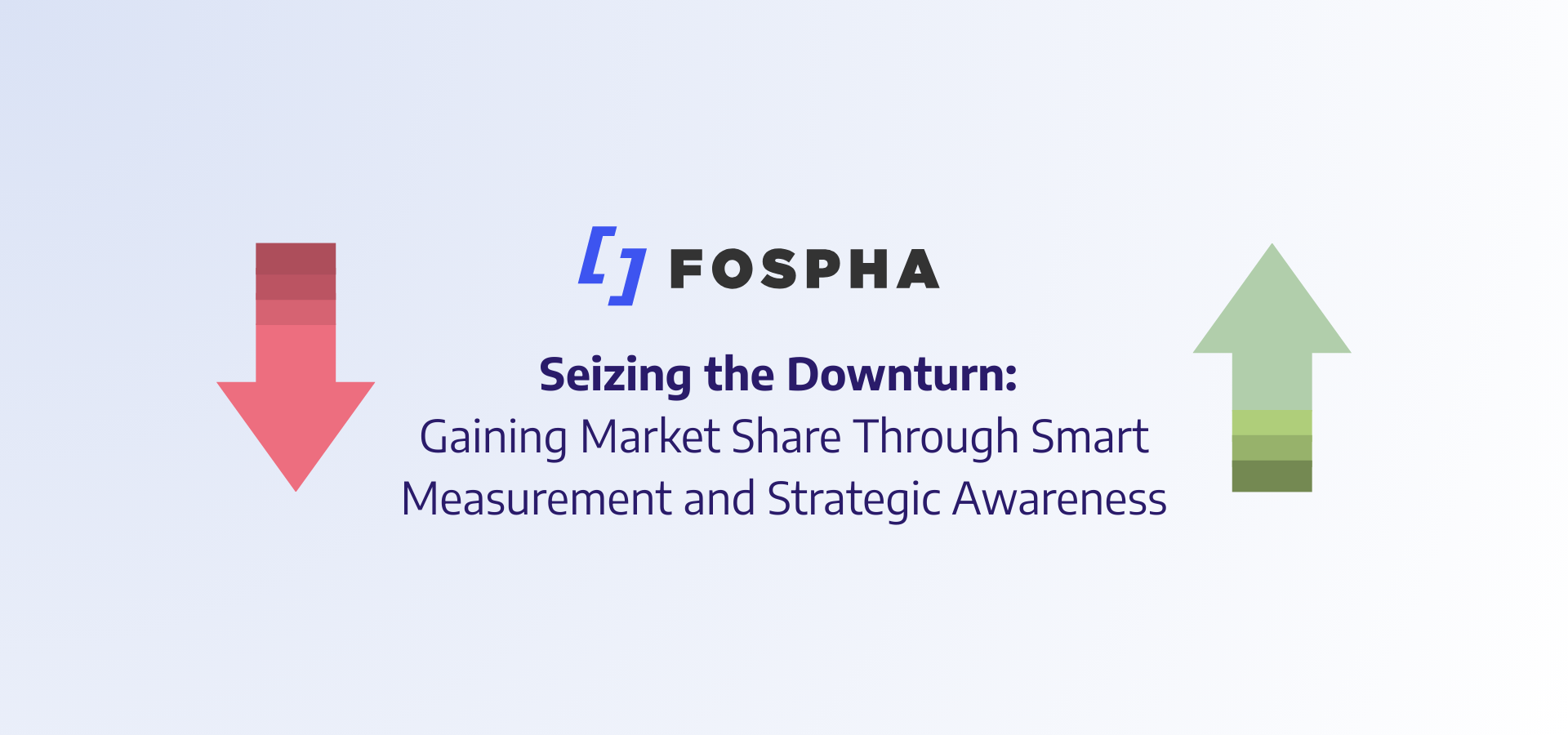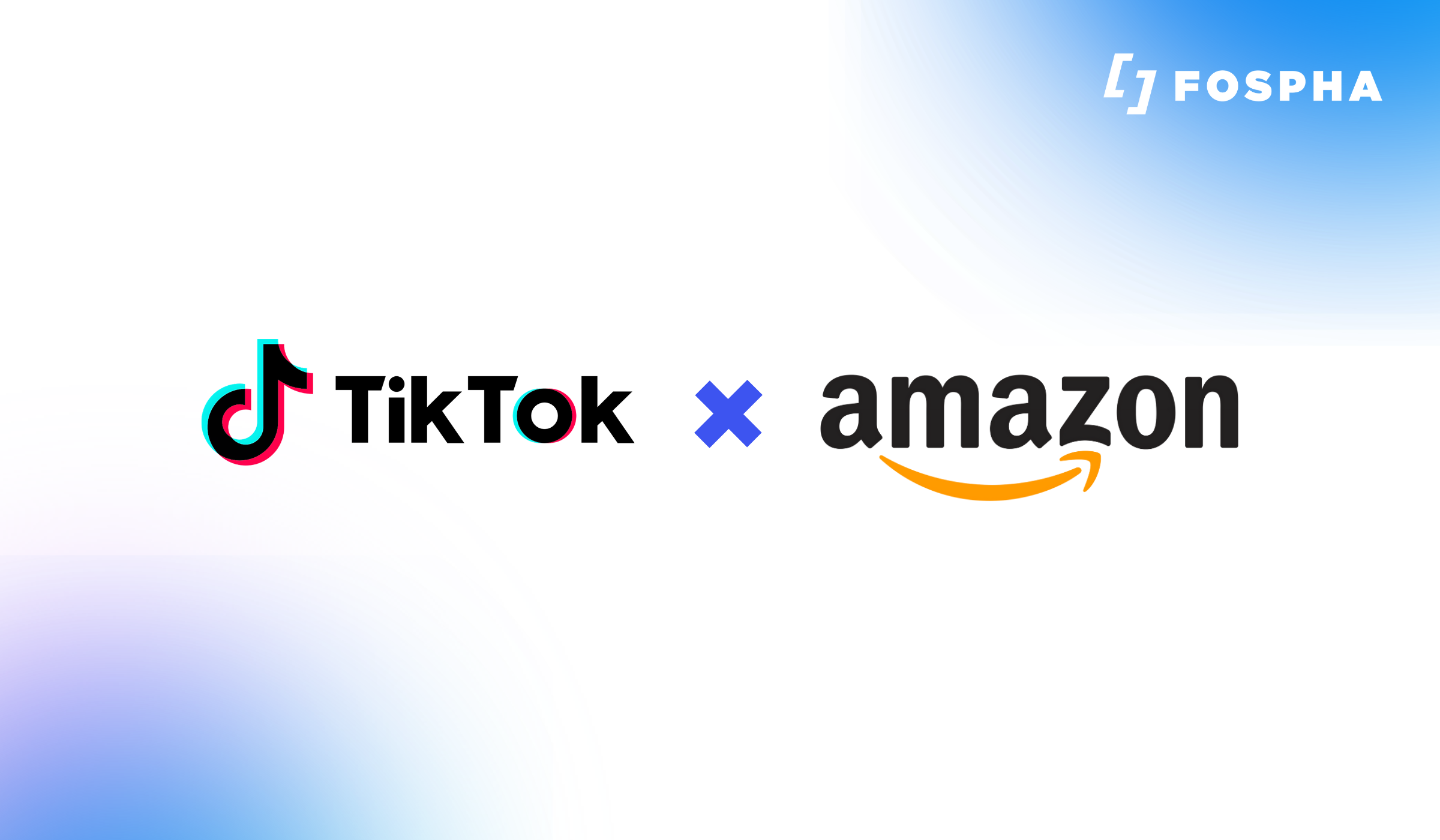Big ad platforms like Google, Facebook and Instagram are great for acquiring new customers but it’s only a very small minority of conversions that happen through one channel or touchpoint interaction. With a limited window into the overall customer journey, the analytics tools the ad platforms provide claim full credit for conversions they are only partly responsible for driving. This is where a multi-channel marketing approach comes in, allowing you to track the entire customer journey and attribute credit to all the touchpoints that contributed to a conversion.
This commonly creates major challenges for marketers:
1. Cross-channel, if teams count all the conversions claimed by each individual ad platform, they will see significantly more conversions reported that actually happened over a given period. They typically spend a huge amount of time manually trying to make sense of this data to try and report on how well each channel is working and quickly identify what is driving changes in performance over time. One of Fospha’s clients spent more than 500 days of analyst time per year brining all the cross-channel data together and trying to build a joined-up view of what was and wasn’t working.
2. With each ad platform claiming full credit for a customer acquisition they are only partly responsible for, what results is an inflated view of return on investment (ROI) and an artificially low cost of acquisition (CPA) calculation for each channel. This makes it very difficult for marketers to really understand what’s working best in the multi-channel marketing mix and how best to distribute their budgets between channels.
Without a clear and accurate view on performance, marketers will often double-down on whichever ad platform is reporting the best numbers. As these numbers will be inflated, the risk is that marketers continue to spend beyond the point of diminishing returns in a channel, with the ROI on ads and keywords continuing to look positive on a first or last click basis. We typically find that up to 30% of clients’ marketing budgets is spent on wasted or negative ROI activity. Multi-channel marketing makes it even more difficult to accurately measure the impact of each channel, leading to even greater risk of wasted spend and inaccurate ROI calculations.
At Fospha, we help our clients overcome these challenges by collecting and stitching 1st party customer data and our data science attribution models giving fair, fractional value to the role every marketing activity plays in driving a conversion. Our clients get access to a suite of dashboards with views on all their multi-channel marketing activities, with everything adding up to 100% of reality. They love the amount of time this saves them, the budget savings we identify on low value activity and the opportunities we identify where they can invest in new and undervalued channels and ads to drive cost-neutral growth.
For more information on this challenge and Fospha’s approach to solving it, you can get in touch with us at tellmemore@fospha.com or visit https://fospha.com/contact


